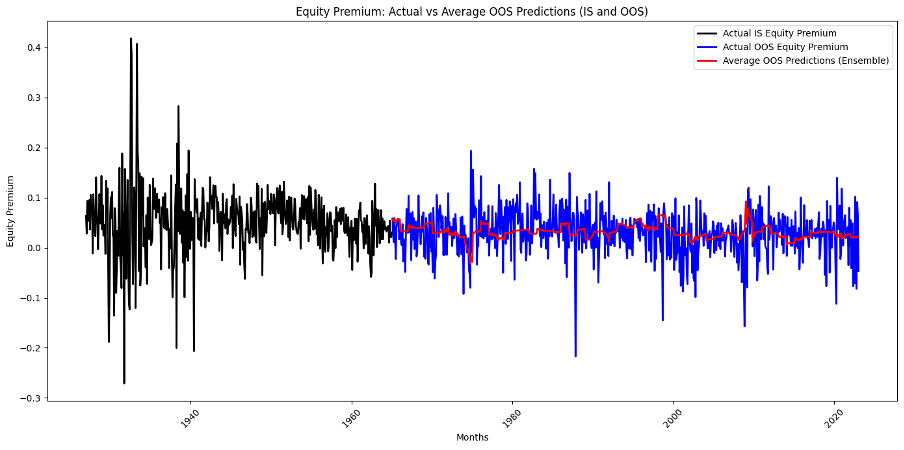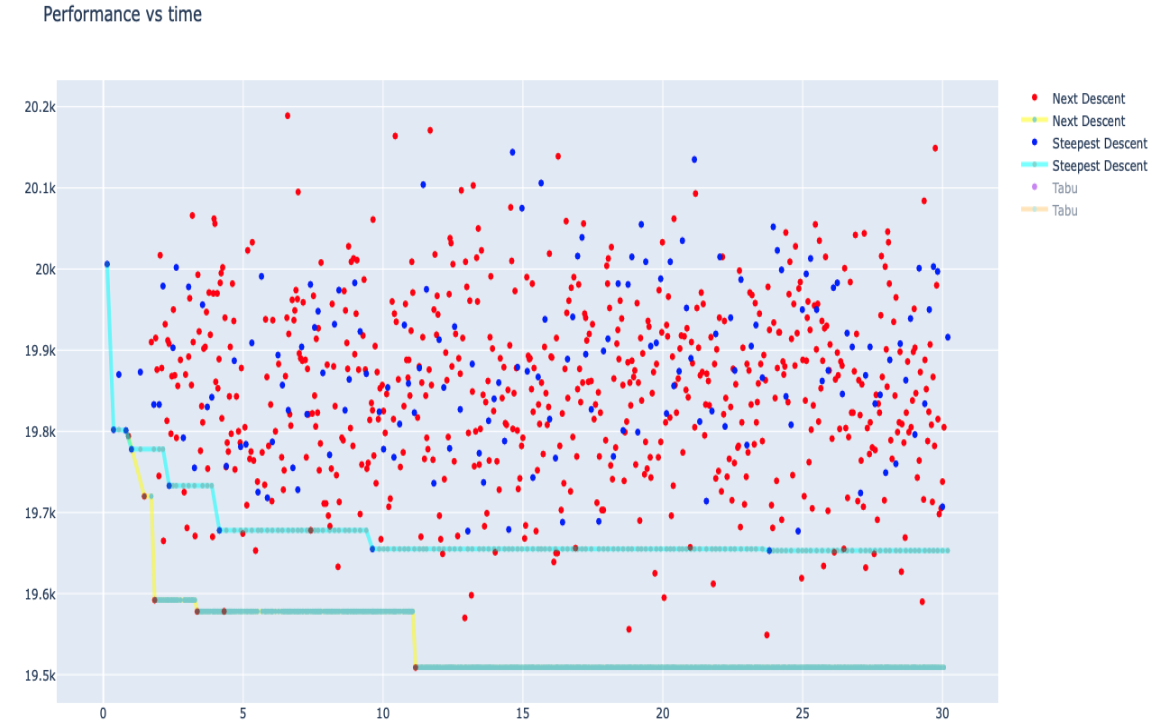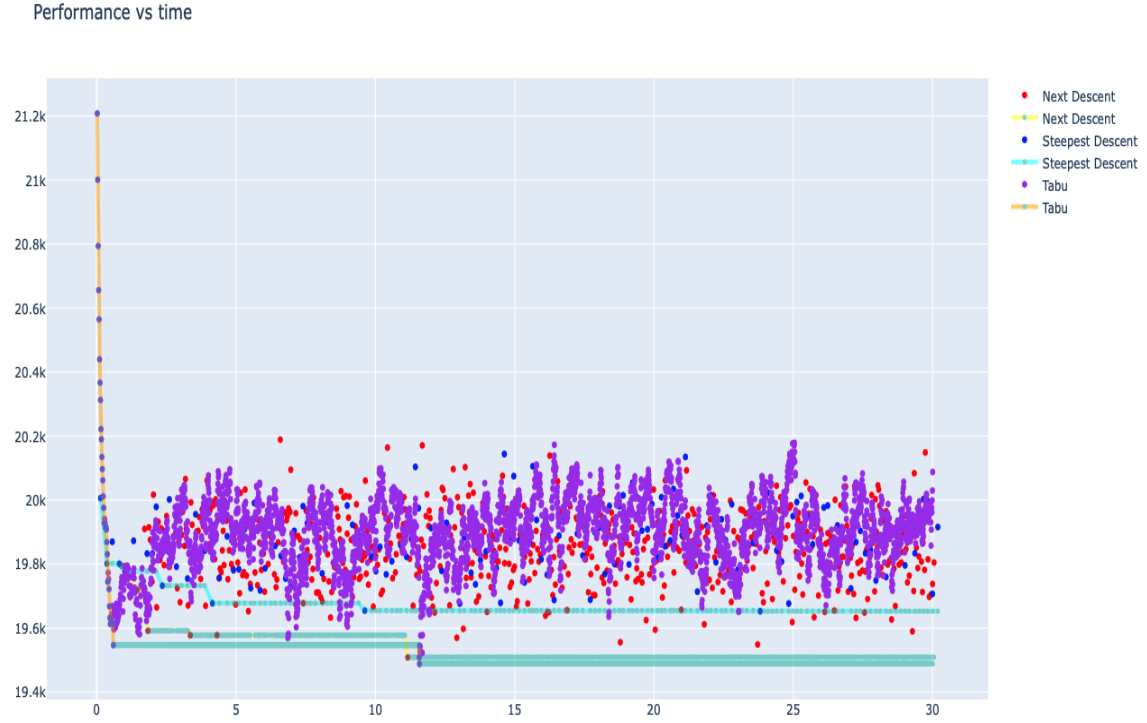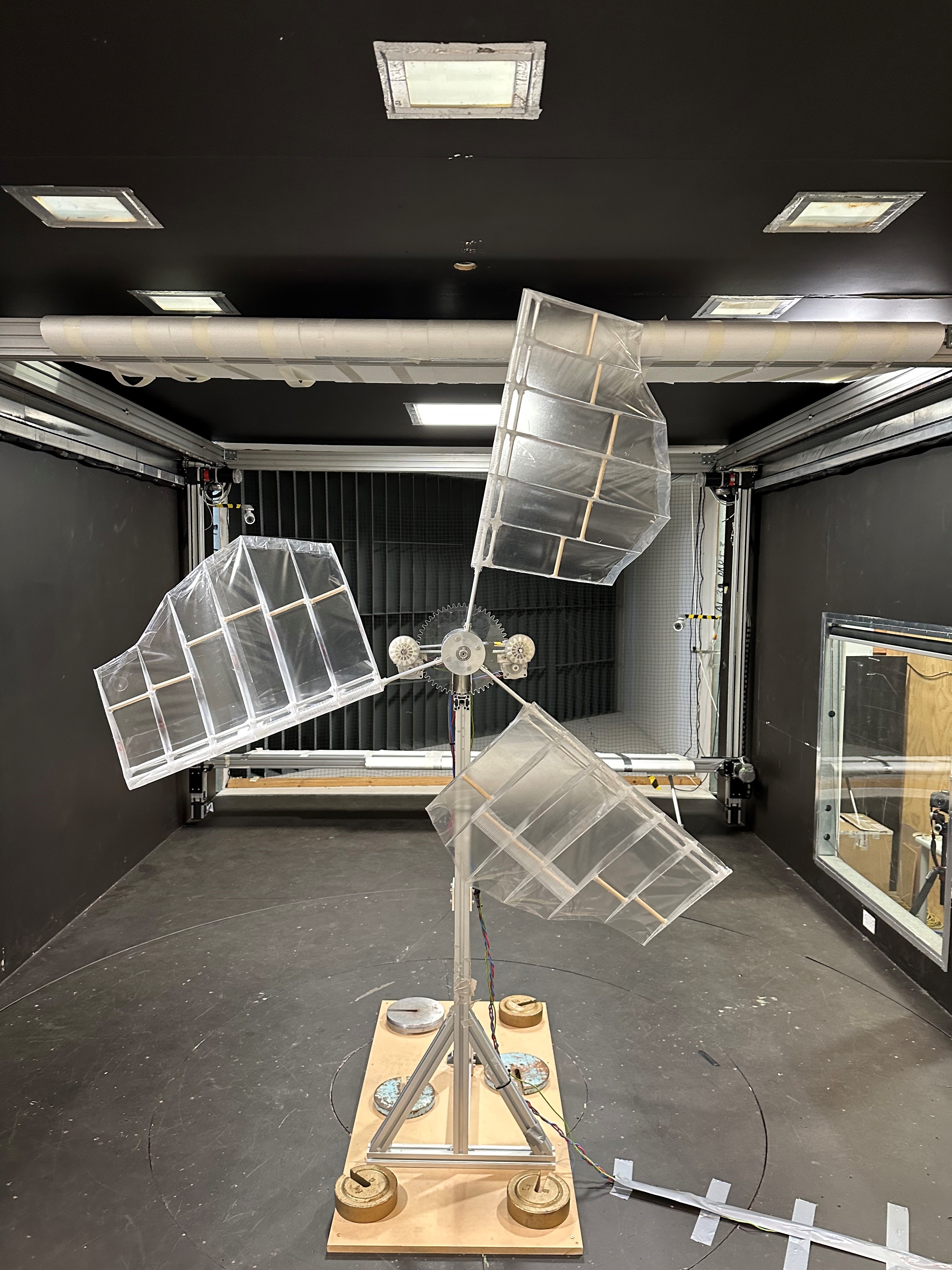Highlighted Projects
Brain MRI Implicit Harmonisation
Honors project using machine learning to harmonize multi-site brain MRI data and improve autism classification accuracy.
- Technologies: Python, deep learning, ComBat, cAAE, ABIDE I dataset
- Outcome: +2% ASD classification accuracy
Spotify Song & Artist Recommender
A web app that recommends songs and artists based on your mood and preferences, built with Streamlit and theSpotify API (using Spotipy).
- Technologies: Python, Streamlit, Spotipy (Spotify API)
- Features: Mood-based or lyric-based search, popularity filters, live recommendations
Financial Machine Learning Replication
Reproduced a published study’s neural network results on time-series financial data, focusing on out-of-sample R² and robust validation techniques.
- Technologies: Python, neural networks, time-series analysis
- Outcomes: replication of published OOS R² results
All Projects
Brain MRI Harmonisation for Autism Detection (Honours Project)
Engineering Honours project applying explicit and implicit harmonisation to multi-site brain MRI data for autism detection. Explored structural and diffusion MRI modalities, and developed machine learning models to address inter-site variability.
- What I enjoyed: Tackling the challenge of medical imaging in a new domain, bridging technical skills with neuroscience, and seeing measurable improvements in real-world data.
- Techniques: ComBat statistical harmonization, conditional adversarial autoencoder (cAAE), Python, deep learning
- Dataset: ABIDE I (Autism Brain Imaging Data Exchange)
- Result: Achieved a 2.35% improvement in ASD classification accuracy after harmonization.
This project addressed the challenge of harmonizing resting-state functional MRI data from multiple sites to improve consistency and support the classification of autism spectrum disorder (ASD). I compared a statistical method (ComBat) and a deep learning-based conditional adversarial autoencoder (cAAE), showing that the cAAE model improved classification accuracy by 2.35%. This work demonstrates the value of advanced harmonization for multi-site neuroimaging studies.
Spotify Song & Artist Recommender
Discover new music tailored to your mood and taste using Spotify’s API and machine learning.
- What I enjoyed: Building an interactive UI with Streamlit and experimenting with seeing My Liked Songs results.
- Tech: Python, Streamlit, Spotipy, Spotify API
- Reflections: This was a fun passion project. I love listening to music, and Spotify’s annual Wrapped announcements are always exciting. I also enjoy the AI DJ X that Spotify offers and would love to build something similiar in the future.
Users can search for songs and artists by mood, popularity, and other criteria. The project demonstrates skills in Python, API integration, and UI development.
Financial Machine Learning Replication Study
Replicated the neural network methodology from “Economic Trends and Equity Risk Premium” to evaluate model performance on financial time-series data. Developed custom training-validation workflows (rolling and expanding windows) to address the unique challenges of financial datasets.
- Project focus: Replicating the methodology and results from Economic Trends and Equity Risk Premium (Han, Lu, & Zhou, 2018) using neural networks on financial time-series data.
- Techniques: Implemented a neural network with three hidden layers and ReLU activation, using 14 predictors as in the original study. Manual hyperparameter tuning was performed for L1 penalty and learning rate.
- Validation: Developed custom training-validation workflows (rolling and expanding windows) to address the unique challenges of financial time-series, ensuring temporal integrity and avoiding data leakage.
- Challenges: High noise and variability in financial data, inability to use standard cross-validation, and the need to align with the study’s unique R² formula.
- Skills gained: Feature engineering, time-series analysis, neural network optimization, and critical evaluation of model performance in challenging domains.

This replication study in financial machine learning focused on reproducing the Out-of-Sample (OOS) R² value reported in the original paper. The objective was not to achieve the best possible results, but to faithfully replicate the published findings and understand the nuances of financial modeling. Working with time-series data introduced unique challenges, such as the inability to use standard cross-validation or data shuffling, which required custom workflows to preserve temporal order. The project provided valuable insights into model performance and limitations, and advanced my skills in feature engineering, time-series analysis, and neural network optimization for complex, noisy domains.
Heuristic Optimization Project: Minimizing Campus Travel
Designed and implemented heuristic algorithms to optimize the assignment of five faculties to five campus sites, aiming to minimize total travel distance for students and staff.
- Project focus: Formulated a combinatorial optimization problem for campus planning, where the goal was to assign faculties to locations to minimize aggregate travel.
- Heuristics implemented: Developed and compared Next Descent and Steepest Descent algorithms, both using a swap-based neighborhood rule to iteratively improve solutions.
- Tabu Search: Extended the approach by implementing Tabu Search with a memory of eight previous moves, enabling the algorithm to escape local optima and explore the solution space more effectively.
- Analysis: Compared the performance of all algorithms, observing that Next Descent sometimes outperformed Steepest Descent due to its exploration pattern, while Tabu Search consistently found better solutions by avoiding cycles and local traps.
- Skills gained: Heuristic algorithm design, performance analysis, combinatorial optimization, and practical problem-solving in a real-world context.


This project deepened my understanding of heuristic optimization by requiring the design, coding, and critical comparison of multiple algorithms. I learned how different search strategies and memory mechanisms (like Tabu lists) can dramatically affect solution quality and convergence. The experience reinforced the importance of algorithm selection and parameter tuning in practical optimization problems.
Wind Turbine Design and Testing (Final Year Project)
Designed, built, and tested a functional wind turbine as part of a four-member team, applying advanced computational modeling and analytical engineering principles.
- Project focus: Developed a wind turbine from concept to testing, integrating aerodynamic theory, computational optimization, and hands-on engineering.
- Technical approach: Used Blade Element Momentum (BEM) theory to select optimal airfoils and employed a genetic algorithm to optimize blade orientation and design parameters for maximum energy generation.
- Engineering challenges: Ensured reproducible blade manufacturing and precise setting angles through systematic calculations, testing, and team coordination.
- Testing & validation: Conducted rigorous performance testing across various wind speeds to validate theoretical predictions and optimize real-world output.
- Skills gained: Computational modeling, optimization algorithms, practical problem-solving, and effective teamwork in an engineering context.

This final year project highlights my ability to combine theoretical knowledge with hands-on engineering. By leveraging computational optimization and collaborative problem-solving, our team delivered a high-performing wind turbine solution validated through real-world testing.
Interactive Dashboard: State Comparison in the USA
Developed an interactive R Shiny dashboard to visualize and compare US states across multiple metrics, enabling users to explore data relationships and highlight specific states.
- Project focus: Built a user-friendly dashboard for state-by-state comparison using R Shiny, as part of a data visualization coursework project.
-
Features:
- Select a state from the map to highlight it in red on all plots.
- Choose variables for the x and y axes to customize scatter plots.
- Instantly visualize how the selected state compares to others in the dataset.
- Skills gained: Interactive UI design, R Shiny development, data processing, and effective presentation of insights.
This project solidified my understanding of interactive data visualization and user experience design in R. By allowing users to customize plots and instantly see comparisons, I learned how to present complex data in an accessible and engaging way.
Certifications

Microsoft Certified: Azure AI Fundamentals (AI-900)
Awarded by Microsoft in June 2025.
Demonstrates foundational knowledge of artificial intelligence (AI) and machine learning (ML) concepts
and related Microsoft Azure services.
_square.jpg)